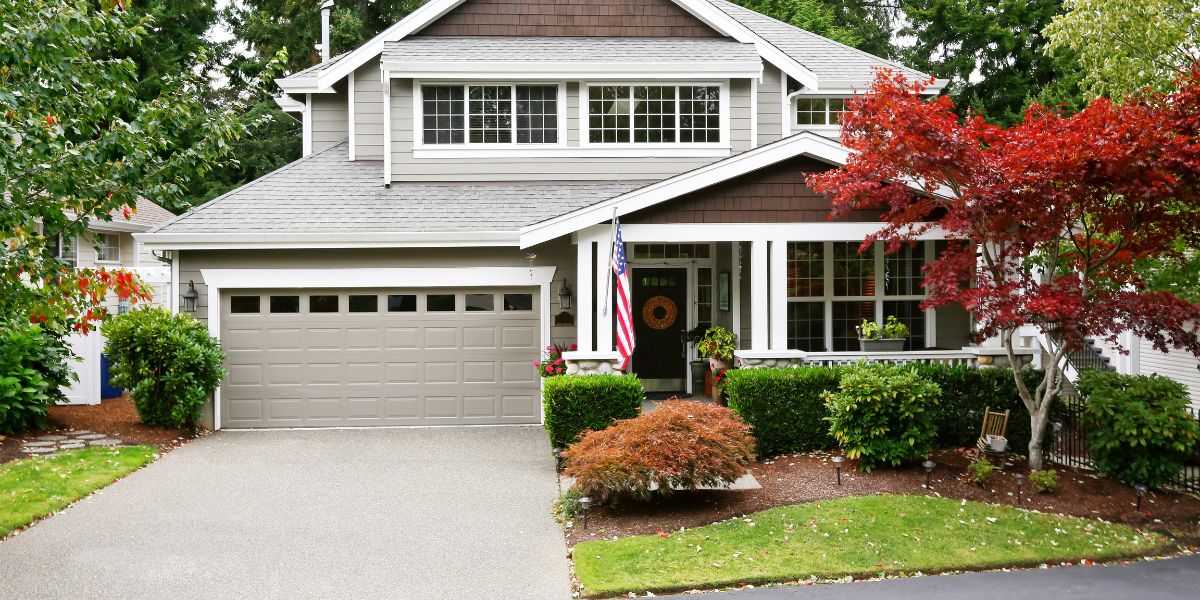Top 7 Mistakes Made by Sellers
Selling a home is a significant milestone, often filled with excitement and anticipation. However, it’s also a process that requires careful preparation and attention to detail. Whether you’re selling for the first time or have gone through the process before, it’s easy to make mistakes that can delay the sale or reduce your profit. In this blog, we’ll explore some of the most common mistakes sellers make and provide tips on how to avoid them. By being aware of these pitfalls, you can set yourself up for a smoother, more successful selling experience.
1. Overpricing the Home
One of the most common mistakes sellers make is overpricing their home. It’s understandable to want to get the highest possible price for your property, but setting the price too high can backfire. Overpricing can lead to your home sitting on the market for an extended period, which often results in price reductions and, ultimately, a lower sale price than if you had priced it correctly from the start.
Buyers today are savvy and well-informed. They have access to market data and can quickly identify when a property is overpriced. When your home is priced too high, it can deter potential buyers from even scheduling a showing, leaving you with fewer offers or none at all. Additionally, the longer a home stays on the market, the more it can appear as if there’s something wrong with it, leading to even more challenges in selling.
Solution: To avoid this mistake, work with a knowledgeable real estate agent who can provide a comparative market analysis (CMA). This report will show what similar homes in your area have sold for recently, helping you set a competitive and realistic price. Remember, pricing your home correctly from the start can lead to a faster sale and potentially multiple offers, driving up the final sale price.
2. Neglecting Necessary Repairs
Another mistake sellers often make is neglecting necessary repairs before listing their home. Whether it’s a leaky faucet, a broken tile, or peeling paint, small issues can add up in the eyes of a buyer. When buyers walk through a home, they’re looking for reasons to justify their offer price. Visible problems, even minor ones, can give them reasons to submit a lower offer or request costly repairs during negotiations.
In some cases, buyers may be so put off by the condition of the home that they choose to walk away altogether. Additionally, if significant issues are discovered during a home inspection, it could lead to delays in closing or even cause the deal to fall through.
Solution: Consider conducting a pre-listing inspection to identify any issues that need to be addressed. This proactive approach allows you to make necessary repairs before potential buyers see the home. By presenting a well-maintained property, you can attract more serious buyers and avoid last-minute surprises that could derail your sale.
3. Failing to Stage the Home Properly
Staging a home is a powerful tool in the selling process, yet many sellers underestimate its importance. A well-staged home can make a significant difference in how quickly a property sells and for how much. Staging involves arranging furniture and decor in a way that highlights the home’s best features and makes it easy for potential buyers to envision themselves living there.
When a home is cluttered, overly personalized, or poorly staged, it can be challenging for buyers to see past the current owner’s belongings. This can result in the home feeling smaller, darker, or less appealing, which can negatively impact the sale price or prolong the time it stays on the market.
Solution: Start by decluttering and depersonalizing your home. Remove excess furniture, personal photos, and any items that might distract buyers from the space itself. Consider hiring a professional stager, especially if your home is vacant or has unique features that need highlighting. A staged home can make a great first impression, which is crucial when buyers are deciding whether to make an offer.
4. Not Being Flexible with Showings
Selling a home requires a certain level of flexibility, especially when it comes to showings. Some sellers make the mistake of being too rigid with their availability, only allowing showings at specific times or requiring extensive notice. While it’s understandable that you may want to control when people come into your home, being inflexible can significantly limit the number of potential buyers who see your property.
Buyers often have busy schedules and may only be available to view homes at certain times, such as evenings or weekends. If your home is difficult to show, buyers may simply skip it in favor of properties that are easier to access. This can result in fewer showings, less interest, and ultimately, a slower sale.
Solution: To maximize your home’s exposure, try to be as accommodating as possible with showings. Consider using a lockbox to allow real estate agents to show the home when you’re not there, or make arrangements to be out of the house during peak showing times. The more flexible you are, the more likely you are to attract serious buyers and receive offers.
5. Poor Quality Listing Photos
In today’s digital age, the first impression most buyers get of your home is through online listing photos. Unfortunately, poor-quality photos can make even the most beautiful home look unappealing, leading to less interest and fewer showings. This is a mistake many sellers make, either by taking the photos themselves with a smartphone or by not investing in a professional photographer.
Low lighting, awkward angles, and cluttered spaces can all contribute to unflattering photos that fail to capture the true essence of your home. Remember, buyers are scrolling through numerous listings, and if your photos don’t stand out, they might skip over your property altogether.
Solution: Hire a professional real estate photographer who knows how to showcase homes effectively. They can highlight your home’s best features with the right lighting, angles, and composition. High-quality photos can make a significant difference in attracting potential buyers and getting them through the door. Additionally, consider creating a virtual tour or video walkthrough to give buyers an even better sense of your property.
6. Ignoring Curb Appeal
Curb appeal is the first thing buyers see when they arrive at your property, and it can set the tone for the rest of the showing. Ignoring curb appeal is a common mistake that can turn off buyers before they even step inside. Overgrown lawns, peeling paint, and a lack of landscaping can make a home feel neglected and less inviting.
On the other hand, a well-maintained exterior can create a positive first impression and make buyers excited to see the rest of the property. Even small improvements can have a big impact on how your home is perceived.
Solution: Take the time to enhance your home’s curb appeal before listing it for sale. Simple tasks like mowing the lawn, trimming bushes, planting flowers, and painting the front door can make a big difference. If necessary, consider power washing the exterior and walkways to give your home a fresh, clean look. A little effort on the outside can go a long way in attracting buyers and setting the stage for a successful sale.
7. Underestimating Closing Costs
Many sellers focus so much on the sale price of their home that they forget to account for the closing costs involved in the transaction. This is a common mistake that can lead to financial surprises and stress as the closing date approaches. Closing costs are basically the costs of selling a home and can include agent commissions, title insurance, escrow fees, and other expenses that add up quickly.
When sellers underestimate these costs, it can affect their bottom line and lead to disappointment when they realize they’re walking away with less money than anticipated.
Solution: Work with your real estate agent or financial advisor to get a clear understanding of all the costs involved in selling your home. They can provide you with an estimate of your net proceeds, taking into account all the expenses you’ll need to cover. Being prepared for these costs will help you avoid surprises and make informed decisions throughout the selling process.
Conclusion
Selling a home is a significant undertaking, and avoiding common mistakes can make the process smoother and more profitable. By pricing your home correctly, addressing necessary repairs, staging it effectively, being flexible with showings, investing in quality photos, enhancing curb appeal, and understanding closing costs, you’ll be well on your way to a successful sale.
Remember, the key to a positive selling experience is preparation and attention to detail. Take the time to address these potential pitfalls, and don’t hesitate to reach out to a real estate professional for guidance. With the right approach, you can sell your home quickly and for the best possible price.



